I want to OCR some scanned forms (filled by hand). It is the first time I do something serious using computer vision. So far I'm able to locate the squares containing digits for a date field:
Looking at the example handwritten digit dataset that comes with OpenCV, I see digits are centralized and resized to (20, 20):
Since this may be a fairly common problem, I'm wondering if the algorithm is already implemented in OpenCV (or numpy, scipy, etc) so I don't have to reinvent the wheel.
The question is: is there a built-in pipeline in Python in order to normalize the samples?

